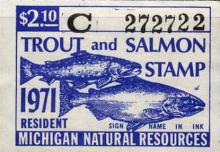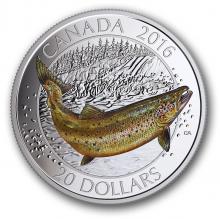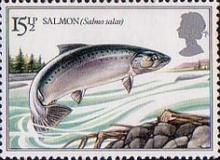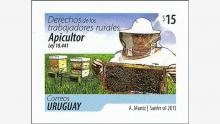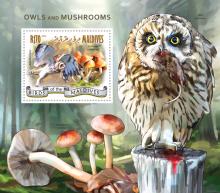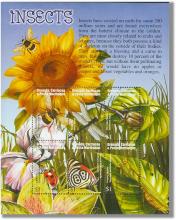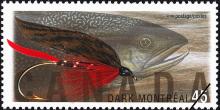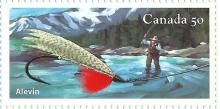Imidacloprid verontreiniging van rivieren kan de wankele zalmpopulatie de nekslag geven
Ooit zwommen er zalmen in alle grote Europese rivieren, van de Seine tot de Maas en Rijn, maar tegenwoordig leven alleen in Ierland, Schotland, IJsland en Noorwegen nog gezonde populaties. Sinds 1990 zit er weer zalm in de Rijn, al is het vergeleken met vroeger nog mondjesmaat. Tot begin 2003 zijn er aanwijsbaar meer dan 1900 volwassen zalmen teruggekeerd in de Rijn en zijn zijrivieren. Omdat niet alle zalmen bij hun terugkeer geteld kunnen worden, zal het werkelijke aantal teruggekeerde zalmen duidelijk hoger liggen.

